… from the Wychwoods Albums Archive
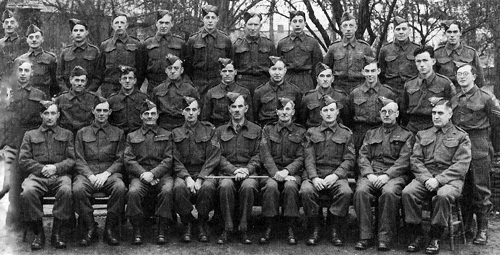
With invasion imminent, the Local Defence Volunteers were formed in May 1940, and with their name changed later in the year to the Home Guard, were gradually equipped with uniform, rifles and ammunition. Initially, their duties, after a normal week’s work, were anti-invasion. Later in the war, when they were better equipped and trained with drilling and manoeuvres, they became a back-up for the regular army.
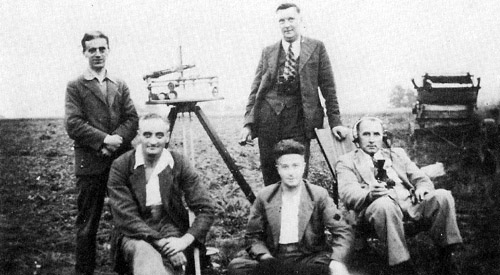
Left to right: Reg Bradley, Charlie Shepard, George Wiggins, Laurie Pittaway (seated), Alf Moss. In 1936, Post Y.1 Oxford Group was formed on the hill above Shipton on the road to Chipping Norton. Later becoming the Royal Observer Corps, their duties were to report the height, position, direction and number of aircraft. Later they were also required to identify them. The piece of equipment between them is a height/position finder.
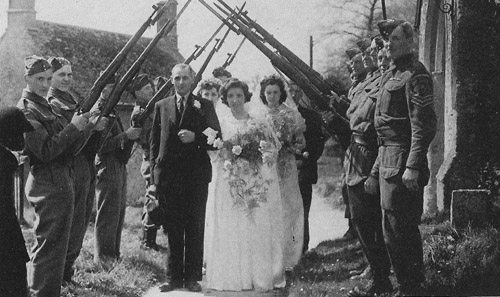
Sergeant Bob Smith, the drill sergeant to the Milton Home Guard Platoon, who formed the Guard of Honour, married Miss Gregory of South Lawn. No wedding bells could ring because that was the signal that invasion had begun.
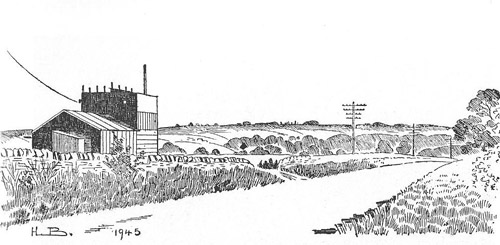
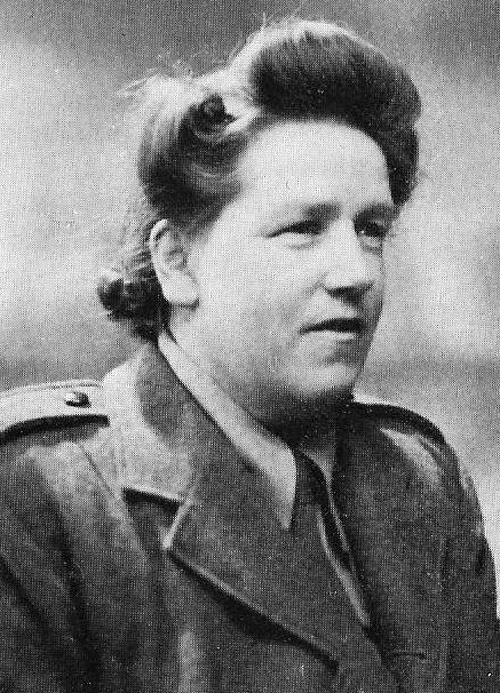
Early in the war, Daisy Burrus whose family worked at Manor Farm, Upper Milton, volunteered to join the NAAFI, and was drafted to Southampton where she worked in a camp canteen.
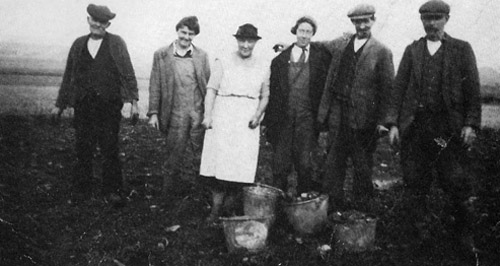
Left to right: Carter Wiggins (father of three sons killed 1914-18), Valerie Bond (Women’s Land Army), Mrs Hickman, Kath Timms, Joe Hedges and Shepherd Hickman. With the outbreak of war and the blockade, the intensive rearing of pigs and chickens, which had started in the 1930s, abruptly stopped, and farms again had to become self-sufficient. All farms, regardless of soil, had to grow potatoes. The land was worked by those in reserved occupations, the Women’s Land Army and pensioners, school children and prisoners of war.
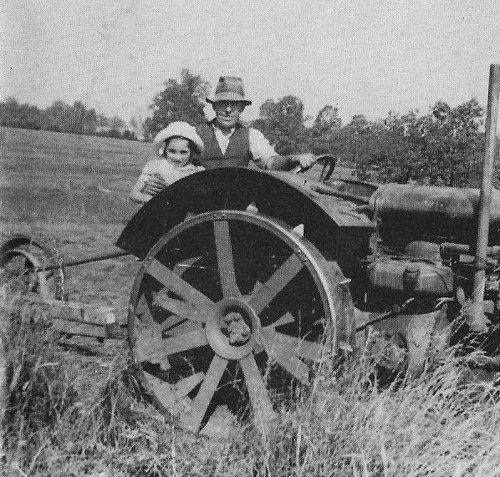
By the end of the war, more machines were available for farm work, like this standard Fordson with metal wheels with spade lugs. In the photograph Tom Turner is giving a ride to Jesse Hunt who was an evacuee from Upton Cross School, West Ham, billeted on the Turners. She came to Shipton at the age of five and, although all but one other child from West Ham were moved either home or to Launton in 1940, she stayed in Shipton until 25 May 1945, the only official evacuee to stay the whole period of the war in Shipton.
This is one of series of snapshots taken from the Society’s publications “The Wychwoods Albums”. These publications from the mid to late 1980s feature a variety of images of the Wychwoods, all of which deserve a place in our expanding online archive.
Select from:
WW1 Wychwoods Military | WW1 Wychwoods Memorabilia | Shipton WW1 Miscellany | St Michael’s Shipton Early 1900s | Early Prebendal Scenes| Shipton Court 1930s | Milton Scenes Early 1900s | Milton Social Activities | Farming Activities and People | Ascott Early 1900s | Leafield 1900s – 1930s | Fifield Residents Early 1900s | Idbury Early 1900s | Lyneham Miscellany| WW2 Evacuees | WW2 Wychwoods Home Front| WW2 Victory Celebrations|The First Wychwood Album

